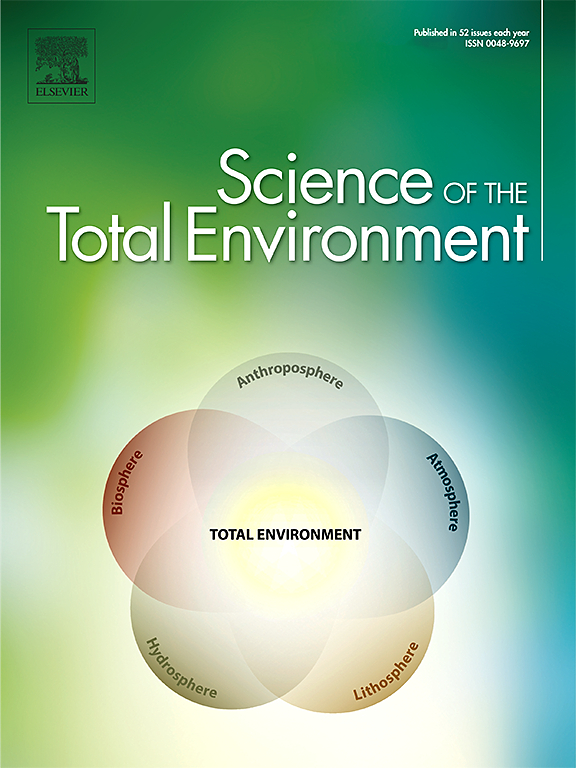Capillary rise induced salt deterioration on ancient wall paintings at the Mogao Grottoes
2023-07-10 null null 881(卷), null(期), (null页)
Salt deterioration has been found to be a major threat to wall paintings at culture heritage sites in arid areas along the Silk Road. However, the routes of water migration that cause the efflorescence have not been identified, and conse-quently, effective preservation measures have not been developed. Our microanalysis, by interrogating 93,727 individ-ual particles collected in a Mogao cave in Dunhuang, China, revealed that capillary rise of water in the earthen plasters drives the deterioration of wall paintings. The vertical distribution of chloride and sulfate particles in the salt efflores-cence and their morphologies implied a migration of salts through capillary rise and subsequent crystal growth under environmental conditions exerts sufficient pressure to cause surface decay and loss. These results indicate that blocking the water capillary rise under the porous structures is likely the most effective route to prevent rapid deterioration of the ancient wall paintings. These salt transport and deterioration mechanisms in an arid environment, suggests that a wide range of management strategies and protective measures could be developed to effectively preserve heritage sites in arid regions, especially along the Silk Road.
相关推荐
- Atmospheric Microplastics Emission Source Potentials and Deposition Patterns in Semi-Arid Croplands of Northern China [2023-07-10]
- Surrogate atmospheric dust particles generated from dune soils in laboratory: Comparison with field measurement [2023-07-10]
- Morphology and mineralogical composition of sandblasting dust particles from the Taklimakan Desert [2023-07-10]
- Satellite estimates and subpixel variability of rainfall in a semi-arid grassland [2023-07-10]
- Recycled moisture in an enclosed basin, Guanzhong Basin of Northern China, in the summer: Contribution to precipitation based on a stable isotope approach [2023-07-10]



